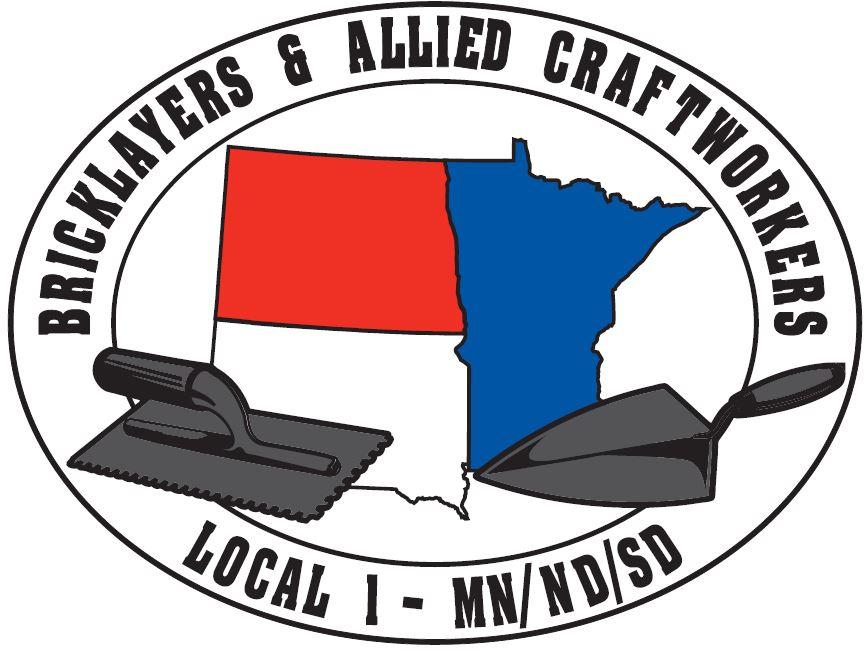IMI Webinar Series - Stabilizing Masonry Construction: How to Recognize Issues & What To Do
Learning Objectives:
- Describe how old masonry buildings work to resist structural loads.
- List codes and guidelines for addressing existing masonry construction.
- Provide ways to identify when leaning walls are unstable.
- List pros and cons of external and internal strengthening methods.
About the Speaker:
Michael Schuller, PE, FTMS. FAPT
President, Atkinson-Noland & Associates
Michael Schuller is the President of Atkinson-Noland & Associates, a consulting engineering firm with offices in Boulder, Colorado, and New York City. The firm specializes in evaluating and enhancing masonry materials and structures. With a global presence, Michael has been involved in notable projects such as the Temple of Angkor Wat in Cambodia, Easter Island, the Brooklyn Bridge, and the United Nations buildings.
Between 2000 and 2009, and again in 2016, Schuller imparted his expertise by teaching a Masonry Structural Design course at the University of Colorado in Boulder. His commitment to education is paralleled by a prolific publication record, with over 100 authored works on the evaluation, repair, and structural behavior of concrete and masonry structures. He co-authored the book "Assessment and Retrofit of Masonry Structures."
Michael Schuller is recognized for his contributions to the field and holds the distinction of being a fellow of The Masonry Society and the Association for Preservation Technology.
